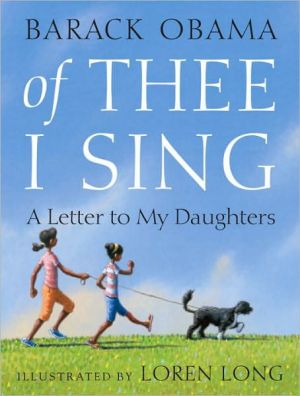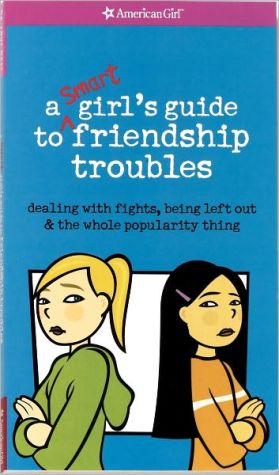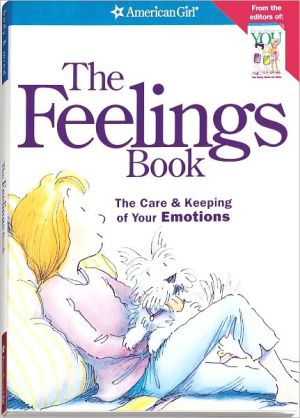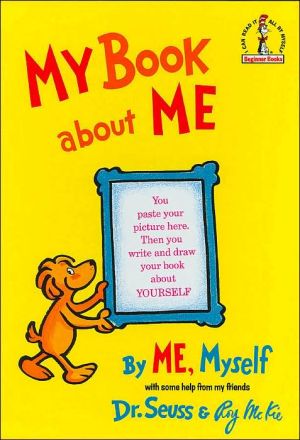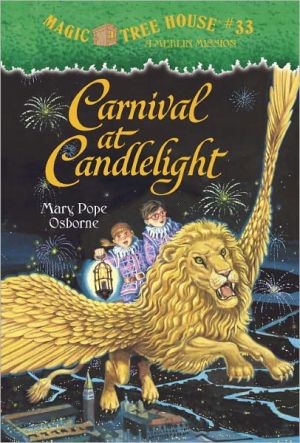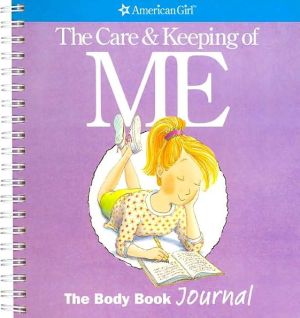You Can Be a Woman Astronomer
Search in google:
Points out that women who like puzzles such as crossword, jigsaw, and Rubik's Cubes, and who like to imagine and visualize things have some of the skills to be an astronomer.School Library JournalGr 3-5-Though the title seems calculated to keep boys away, there's nothing here that couldn't be read and understood by children of either gender. Ghez describes her lifelong fondness for puzzles and difficult questions that led her to become a scientist, and the excitement of using telescopes and other devices to study the heavens-particularly the birth of stars, her current field of research. The writing is simple but precise; rather than just mentioning the Hubble Space Telescope as one of her tools, she specifies which of its instruments she has utilized, and though concepts such as wavelength and light year are explained, she expects readers to be at least loosely acquainted with the scientific method and the general structure of the universe. The scribbled, superfluous pen-and-ink drawings and the garishly colored paper on which the book is printed give it an amateurish, low-budget look, but the authors' enthusiasm for the sciences could very well spark an interest in younger readers. Consider it as a replacement for Paul Sipiera's I Can Be an Astronomer (Childrens, 1986; o.p.).-John Peters, New York Public Library
\ School Library JournalGr 3-5-Though the title seems calculated to keep boys away, there's nothing here that couldn't be read and understood by children of either gender. Ghez describes her lifelong fondness for puzzles and difficult questions that led her to become a scientist, and the excitement of using telescopes and other devices to study the heavens-particularly the birth of stars, her current field of research. The writing is simple but precise; rather than just mentioning the Hubble Space Telescope as one of her tools, she specifies which of its instruments she has utilized, and though concepts such as wavelength and light year are explained, she expects readers to be at least loosely acquainted with the scientific method and the general structure of the universe. The scribbled, superfluous pen-and-ink drawings and the garishly colored paper on which the book is printed give it an amateurish, low-budget look, but the authors' enthusiasm for the sciences could very well spark an interest in younger readers. Consider it as a replacement for Paul Sipiera's I Can Be an Astronomer (Childrens, 1986; o.p.).-John Peters, New York Public Library\ \

